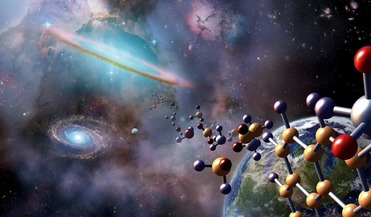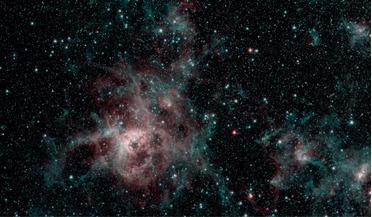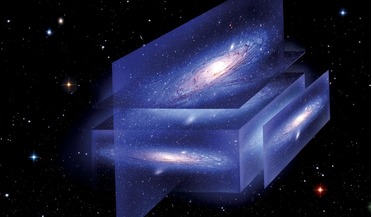 July 2020
Life in the universe – common or not?
July 2020
Life in the universe – common or not?
..., with an increasing number of researchers tackling the problem of the origin of life in fields as diverse as biology, chemistry, physics, astronomy and Earth science. This has led to a wide array of possible processes that could have formed the...
 May 2021
Visions of beating gravity
May 2021
Visions of beating gravity
... phenomenon? How do clusters of galaxies evolve? Does a black hole have an edge? Questions like these led me to study astronomy and computer science at Groningen University in the Netherlands some 35 years ago. I joined Logica, now CGI, which...
 March 2016
Why We Need Space Artists
March 2016
Why We Need Space Artists
... majority (unlike science fiction and fantasy artists, who work almost purely from imagination) do have a background in astronomy, physics and mathematics, which enables them to interpret accurately the data from observatories and space probes...
 May 2020
Space astronomy at the limits of technology
May 2020
Space astronomy at the limits of technology
The Spitzer Space Telescope is the final mission in NASA’s Great Observatories programme, a family of four space-based telescopes, each designed to observe the universe in a different waveband. Spitzer was launched in 2003 and, having exceeded its ...
 August 2020
Revisiting the Drake Equation - a cultural addendum
August 2020
Revisiting the Drake Equation - a cultural addendum
... known as Ozma. In 1960, inspired by Baum’s work, scientists working with Project Ozma used the National Radio Astronomy Observatory’s 85-foot radio telescope to detect interstellar radio waves. This groundbreaking SETI (Search for Extraterrestrial...
 October 2020
Learning from alternative universes
October 2020
Learning from alternative universes
...every possibility spawns a new parallel universe with which we cannot interact. Second, there is the notion of ‘multiverses’ in astronomy and cosmology, which predicts that there could be an infinite set of universes like ours with slightly different...